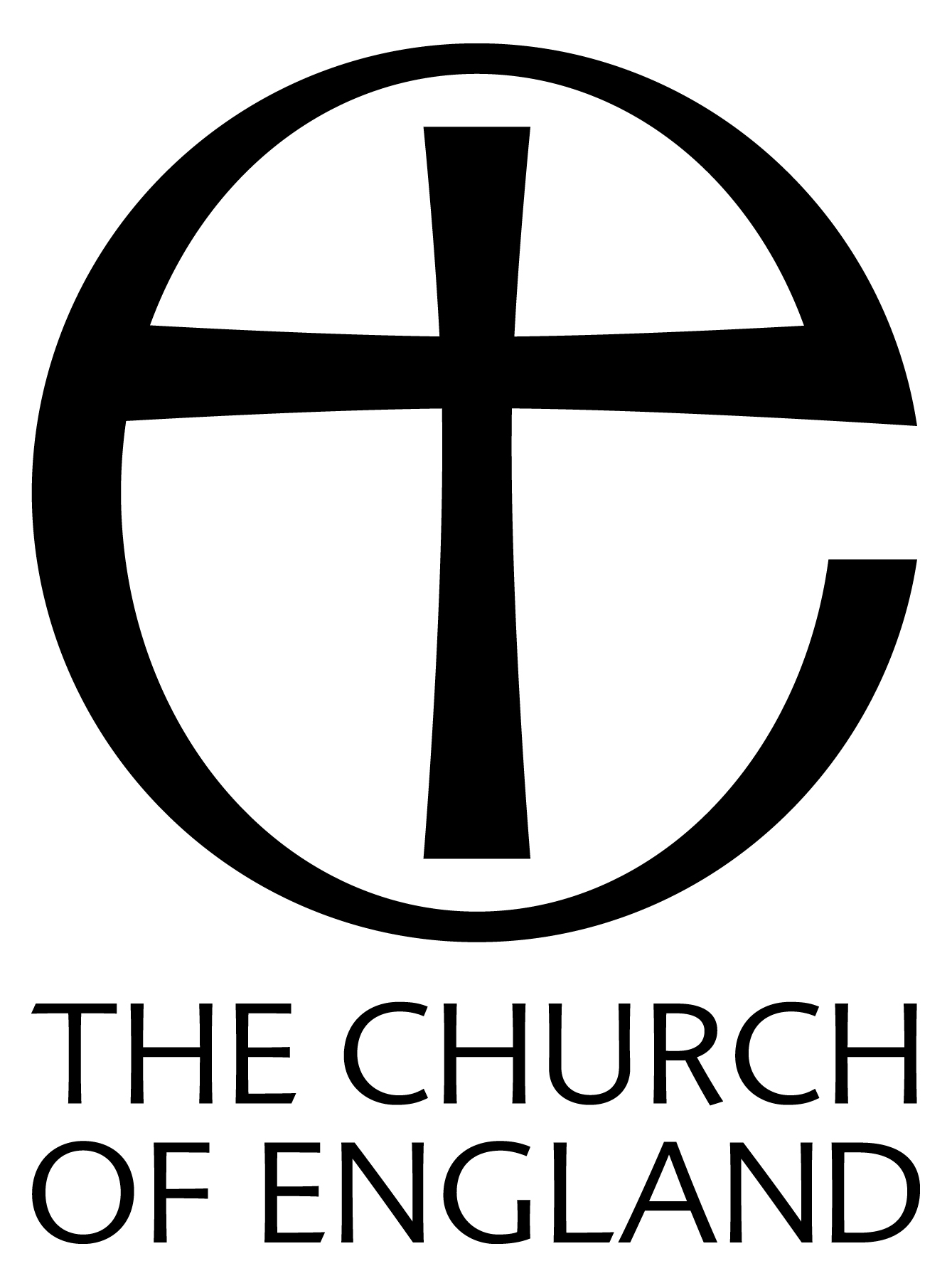Reproduced from
DRYPOOL -
Being a History of the Ancient
Parish of Drypool cum Southcoates
by M. Edward Ingram (1959)
by M. Edward Ingram (1959)
| < < < | > > > |
|
With the return of the King came a period of comparative calm. The Parliamentary Survey had made a recommendation: "Wee conceive it fitt that it be separated from Swine, and made a parish of itselfe, beinge five miles distant from Swine." When this recommendation was implemented we do not know, but the Swine connection ceased. On 31st July, 1662, John Bewe was instituted. Two months later he was admitted to St. Mary's, Hul1, although he had actual1y been there since 1658. He was married at Drypool to Mrs. Ann Pease on 26th August, 1663. There was much to do to repair the neglect suffered during the Commonwealth, and at the Archdeacon's Court in 1662 there were three presentments. The first was" for not repairing the Chauncell windows," the Proprietors being the offenders. The Churchwardens, Robert Harpham and John Maxey, were directed to " set up a font and to provide a sirplice and other things." In their defence they said they" had already provided a surplice and other things, but that they have not as yet erected a font." Finally the vicar himself was presented, "for not repairing the vicarage house." At this point it is interesting to note the marriage entry of Christopher Hildyard, of Winestead, and Hesther Dobson, son of Alderman William Dobson, of Hull. For some unexplained reason, this marriage is also recorded in St. Mary's register. There is a record, too, of the baptism of quadruplets in 1663. Bewe died in 1676, and was succeeded at St. Mary's by Samuel Prowde, Rector of Patrington, who married Bewe's widow in 1681. He claimed Drypool in that year, but there is no evidence to show that he was ever incumbent. He died in 1683. There are other claimants also at this time: Edward Wilcocke (1681-1684), who was also at Scu1coates; Robert Wilson (1681-1690) ; and Henry Jefferson, who occurs in 1684. According to J. H. Overton, Wilson was deprived as a Non-Juror in 1690. There is a letter, dated 25 October of that year |
Kitson died in 1711, and with the eighteenth century we get two long incumbencies, during most of which time the vicar was non-resident: Edward Robinson (17111758), and William Huntington (1759-1783). The latter was presented by Robert Wilberforce, father of the Emancipator. Both were local men, and it would seem that Robinson came to Drypool straight after ordination in 1711, as he was instituted in that year. Whilst he never relinquished Drypool, he also held Marfleet (17151720), Roos (1726-1735), Hilston (1731-1758), and Winestead from 1755 until his death in 1758. During this long period there were others who assisted in the parish. Thomas Patrick (1733- I 739), who was Vicar of Scu1coates, Thomas Crowle; Philip Hall and Christopher Wray, also Curates at St. Mary's, Hull, and Thomas Stainton, curate and later Vicar of Scu1coates. These men in their day and generation served the parish according to their lights. The Register at this time contains little of interest. There is a page of receipts and in 1755 prompted either by a burst of patriotism, or merely by a wish to tryout a new pen, the clerk of the day inscribes" God Bless King George." In 1743 Archbishop Herring carried out a Visitation of his Diocese, and Robinson's answers to the questions give us a passing glimpse of parish life at the time. He was then resident at Hilston, there being" no Parsonage |

|
|

|
|